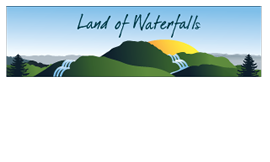The illiteracy
rate among adults in North Carolina was significantly higher than the national
average during the early 20th century. According to the Bureau of the Census the
national percentage of adult illiteracy was 11.3 percent in 1900. In North Carolina illiteracy was 30.1 percent.
It was
fairly common for children to receive limited formal schooling prior to
1900. Schools often operated for six or
eight week sessions, scheduled around planting and harvesting or based on availability
of teachers. Many students in rural
areas were too far from a school to attend regularly. In addition, parents frequently needed older
children at home to help support the family in various ways.
During the second decade of the 1900s programs were established
throughout the state to provide education for adults who had received limited
schooling. They were instructed in
reading, writing and basic arithmetic using materials of interest to them such
as newspapers, letters and the Bible. Participants
were also taught skills like household management, including finance, nutrition
and first aid. The goal was to meet the needs
of those attending.
These night schools, sometimes referred to as moonlight schools,
were held sporadically in Transylvania County. The first mention of night classes in the
county was in late 1914, taught by faculty at the Rosman School.
 |
| Traditional students at the old Shoal Creek School. Teachers were Janie Gillespie, Janie Matthews and Jessie Matthews. Photo courtesy: BalsamGrove Community Center and Bernice Powell. |
In January and February 1915 Miss Fay Moses operated a moonlight
school at Shoal Creek three nights a week.
She reported that many of her students worked 10-hour days in a logging
camp and then walked three miles over the mountain to attend classes from
7:30-9:30 pm. The closing program for
the session included a short program from the children of the day school and a
play by the night school students.
Prof. W.L. Carmicheal reportedly taught moonlight school classes at
the Rosman School in 1919.
In the 1920s several women’s clubs worked together to expand
educational opportunities by supporting a community night school for adult
education classes at Brevard High.
During the Fall 1926 session, Miss Mary L. Butler, Blantyre School
Principal, was the head teacher at the Brevard moonlight school. Mrs. Kathron White and Mrs. Nancy Neel were
assistant teachers. Classes were held on
Tuesday and Thursday evenings for six weeks.
Rosenwald School Principal J.M. Harris organized a night school
for members of the African American community in 1931. Harris and Mrs. Ethel K. Mills taught
reading, writing and the fundamentals of arithmetic, history and
geography. The school operated two
nights a week and was very successful.
State Inspector of High Schools, J. Henry Highsmith commended the
Rosenwald Night School for its work.
Although
illiteracy rates across North Carolina had dropped to 11.5 percent of those
over 15 years of age by 1930 it was still well above the national rate of 4.8
percent.
Photographs
and information for this column are provided by the Rowell Bosse North Carolina
Room, Transylvania County Library. For more information, comments, or
suggestions contact Marcy at [email protected]
or 828-884-1820.



